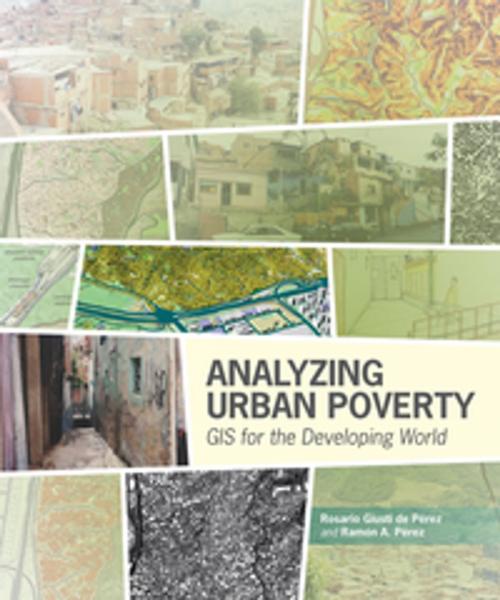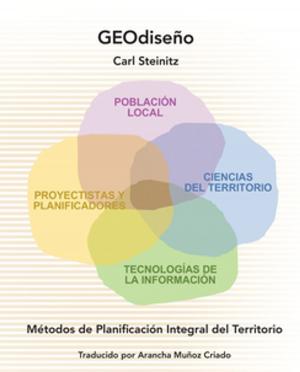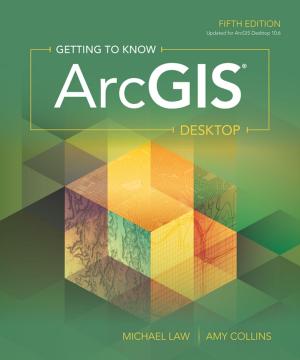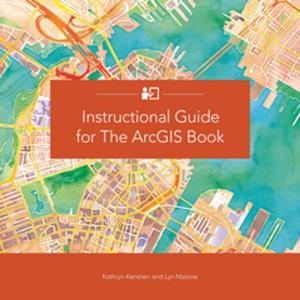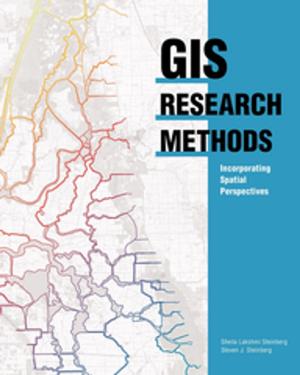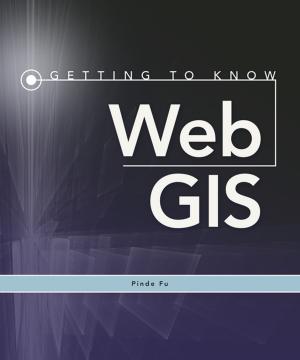Analyzing Urban Poverty
GIS for the Developing World
Nonfiction, Social & Cultural Studies, Political Science, Politics, City Planning & Urban Development, Social Science, Human Geography, Sociology| Author: | Rosario Giusti de Pérez, Ramón Pérez | ISBN: | 9781589483286 |
| Publisher: | Esri Press | Publication: | January 1, 2015 |
| Imprint: | Esri Press | Language: | English |
| Author: | Rosario Giusti de Pérez, Ramón Pérez |
| ISBN: | 9781589483286 |
| Publisher: | Esri Press |
| Publication: | January 1, 2015 |
| Imprint: | Esri Press |
| Language: | English |
In developing countries, squatter developments that house more than one-third of the urban population are without infrastructure and built from materials at hand. Analyzing Urban Poverty: GIS in the Developing World demonstrates how geographic information systems (GIS) can be used to improve quality of life in poor urban areas. With 30 years of experience using GIS technology to manage urban problems in Venezuelan barrios, Rosario Giusti de Pérez and Ramón Pérez describe how they developed sustainable solutions that go beyond conventional planning programs. Chapters cover site analyses of the natural and built environments, visualization of poverty maps, development of appropriate improvement proposals, management of projects, and organization of communities, and encouragement of their participation.
In developing countries, squatter developments that house more than one-third of the urban population are without infrastructure and built from materials at hand. Analyzing Urban Poverty: GIS in the Developing World demonstrates how geographic information systems (GIS) can be used to improve quality of life in poor urban areas. With 30 years of experience using GIS technology to manage urban problems in Venezuelan barrios, Rosario Giusti de Pérez and Ramón Pérez describe how they developed sustainable solutions that go beyond conventional planning programs. Chapters cover site analyses of the natural and built environments, visualization of poverty maps, development of appropriate improvement proposals, management of projects, and organization of communities, and encouragement of their participation.
